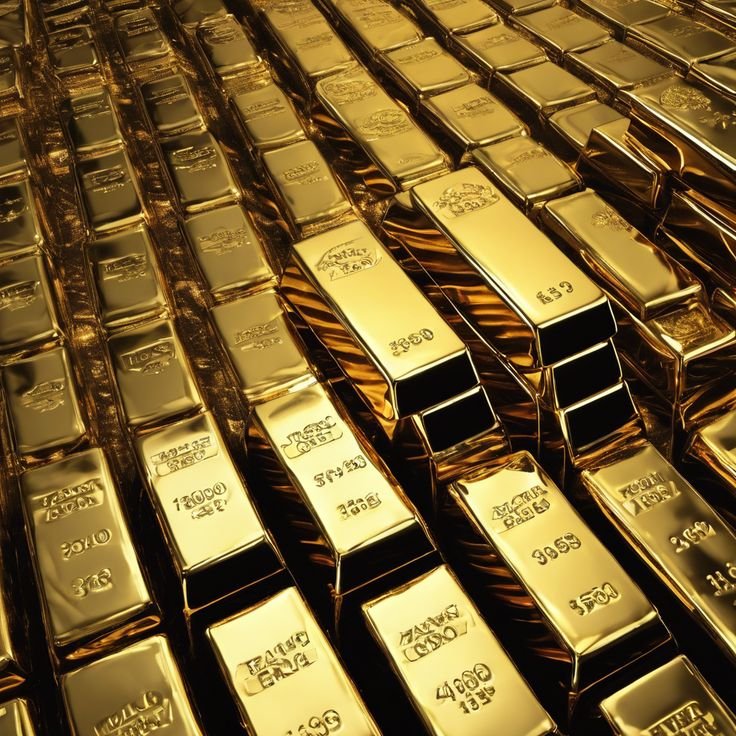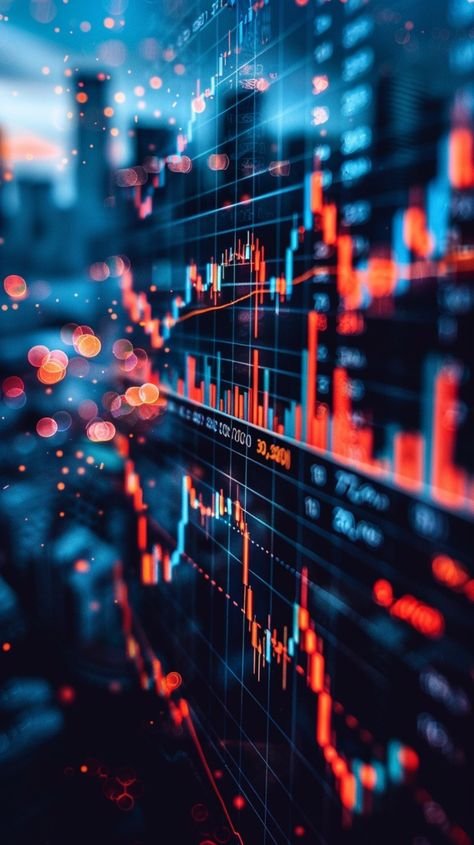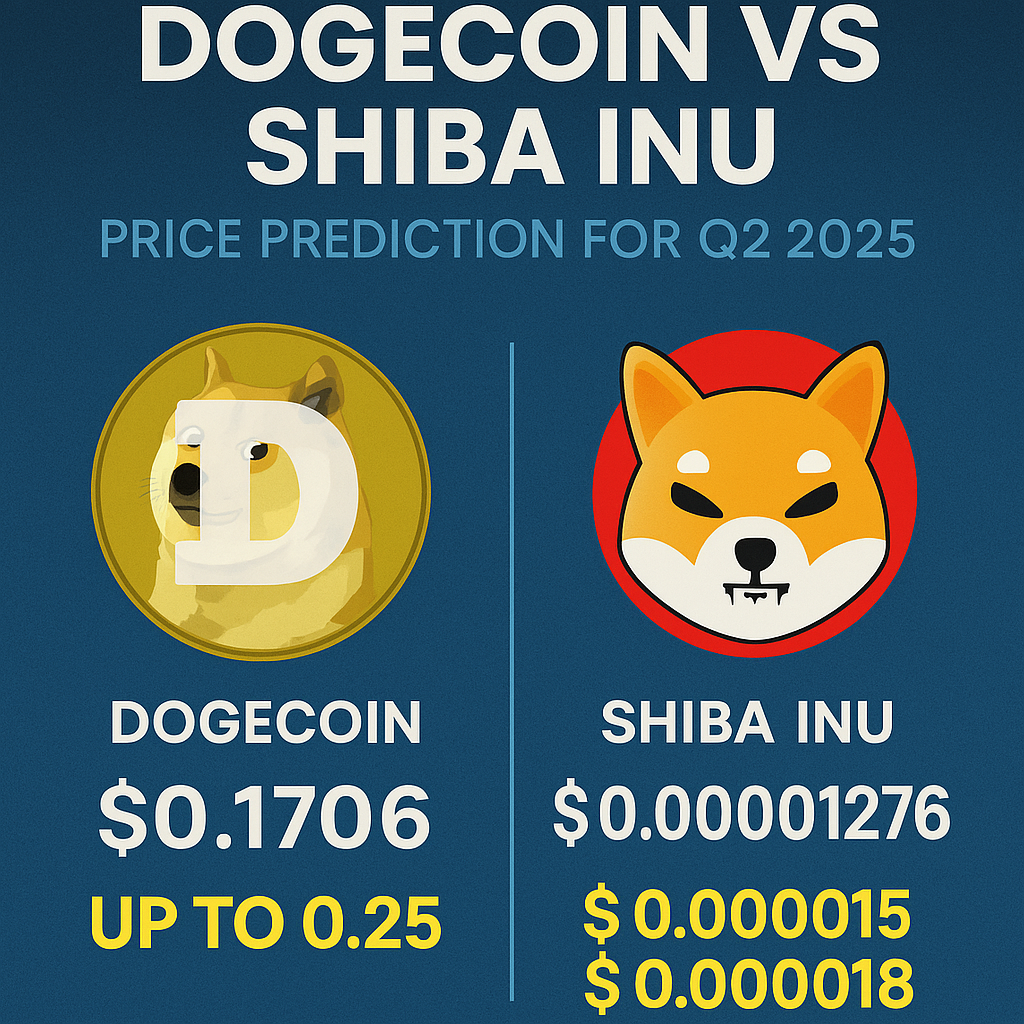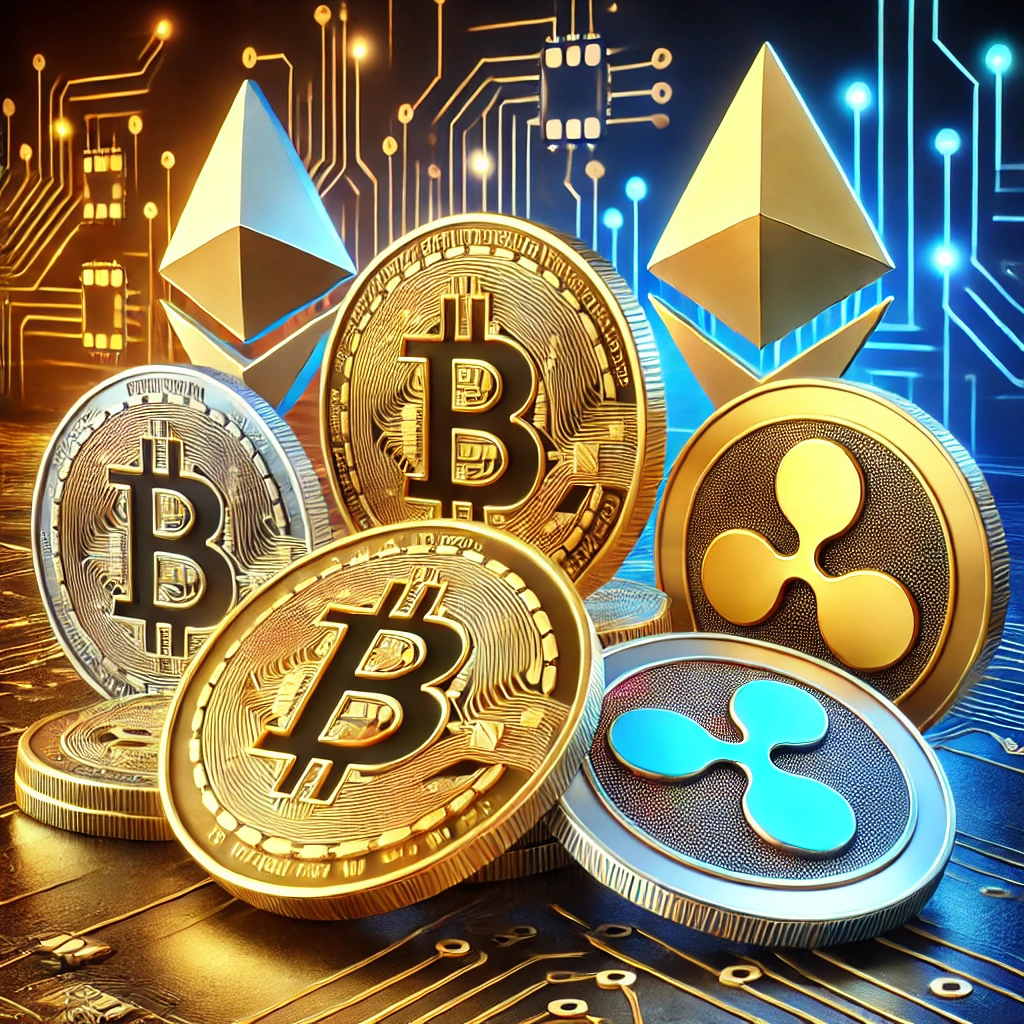Gold surged past the critical $3,000 mark for the first time on Friday as investors flocked to the safe-haven asset. This historic rally reflected growing economic concerns triggered by U.S. President Donald Trump’s tariff war. Spot gold touched a record high of $3,004.86 before pulling back slightly to $2,986.26 due to profit-taking. Meanwhile, U.S. gold futures settled at $3,001.10, posting a 0.3% increase.
Investor Demand for a Safe Haven Asset
Gold’s rapid ascent stemmed from investors seeking a hedge against the economic instability caused by the stock market turmoil. Tai Wong, an independent metals trader, emphasized that investors viewed gold as the ultimate safe-haven asset in light of Trump’s trade policies and the resulting financial uncertainty.
The ongoing stock market selloff further fueled gold’s appeal. Bullion, traditionally seen as a stable store of value, has climbed nearly 14% this year. Analysts attribute this rise to heightened concerns over the economic fallout from the tariff war and broader geopolitical instability.
Stock Market Pressures Driving Gold Investment
Real asset money managers, particularly in Western markets, needed a catalyst to return to gold. According to Ole Hansen, head of commodity strategy at Saxo Bank, recent market downturns and economic slowdown fears provided that trigger. With stock markets under pressure, investors have diversified their portfolios by increasing gold allocations.
Uncertainty in equity markets has intensified as businesses brace for potential supply chain disruptions, rising costs, and reduced consumer demand. The combination of trade tensions and fears of a global economic slowdown has positioned gold as a preferred investment choice.
Central Bank Demand Strengthens Gold Prices
Central banks have played a crucial role in gold’s record-breaking rally. China, a key buyer, increased its gold reserves for the fourth consecutive month in February. David Russell, CEO of GoldCore, noted that central banks continue to acquire gold at record levels as they seek to reduce reliance on the volatile U.S. dollar.
Governments worldwide are reassessing their foreign currency reserves in response to geopolitical risks and the uncertainty surrounding U.S. monetary policy. Many central banks view gold as a strategic asset that offers stability and protection against currency fluctuations.
Federal Reserve Policy and Inflation Expectations
Expectations of monetary easing by the U.S. Federal Reserve have further supported gold’s rise. Traders anticipate interest rate cuts to resume in June, boosting the appeal of zero-yield assets like gold. Lower interest rates reduce the opportunity cost of holding gold, making it a more attractive investment.
Inflation concerns have also played a role in driving demand. Juan Carlos Artigas, global head of research at the World Gold Council, highlighted several factors supporting robust investment demand, including heightened geopolitical risks, increased inflation expectations, and economic uncertainty.
Goldman Sachs’ Outlook on Gold Prices
Goldman Sachs has raised its forecast for gold, citing policy uncertainty in the U.S. as a key factor. The investment bank predicts that gold could surpass its $3,100 base-case scenario by the end of 2025. Analysts see potential for prices to reach the $3,100-$3,300 range, particularly if global economic uncertainty persists.
Goldman Sachs also pointed to central bank gold buying as a structural trend. Following the freezing of Russian central bank reserves in 2022, many countries have increased gold acquisitions to safeguard their financial systems. Analysts expect this trend to continue even if geopolitical tensions ease, reinforcing long-term demand for gold.
Other Precious Metals and Market Trends
While gold led the rally, other precious metals saw mixed movement. Silver held steady at $33.80 an ounce, while platinum edged up 0.1% to $995.20. Palladium posted a stronger gain, rising 0.6% to $963.76. These metals continue to experience price fluctuations influenced by industrial demand, economic conditions, and investor sentiment.
Why Gold’s Rally Matters
Gold’s surge past $3,000 represents more than just a milestone—it reflects deep-seated investor concerns about financial markets and global stability. The rally underscores gold’s historical role as a safe-haven asset during times of economic distress. As stock markets face volatility, central banks accumulate reserves, and inflation risks persist, gold remains a critical hedge for investors.
Market analysts anticipate continued demand for gold as long as economic uncertainty and geopolitical tensions persist. The metal’s resilience in times of crisis solidifies its reputation as a reliable asset for preserving wealth.
Conclusion: The Future of Gold Prices
Gold’s unprecedented rally signals strong investor confidence in the metal’s ability to protect wealth amid financial instability. With central banks boosting their gold reserves, interest rate cuts on the horizon, and continued stock market volatility, gold’s upward trajectory seems poised to continue.
Investors will closely monitor economic developments, Federal Reserve decisions, and geopolitical events to gauge future price movements. While short-term profit-taking may cause fluctuations, the long-term outlook for gold remains bullish. As uncertainty lingers, gold’s appeal as a safe-haven asset will likely persist, making it a crucial part of investment portfolios worldwide.




